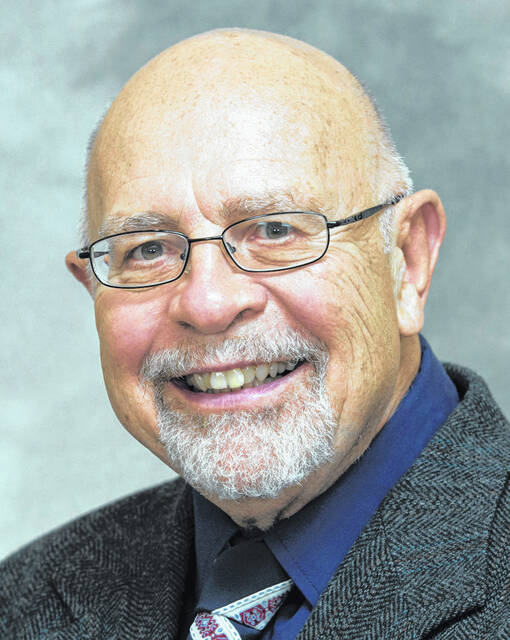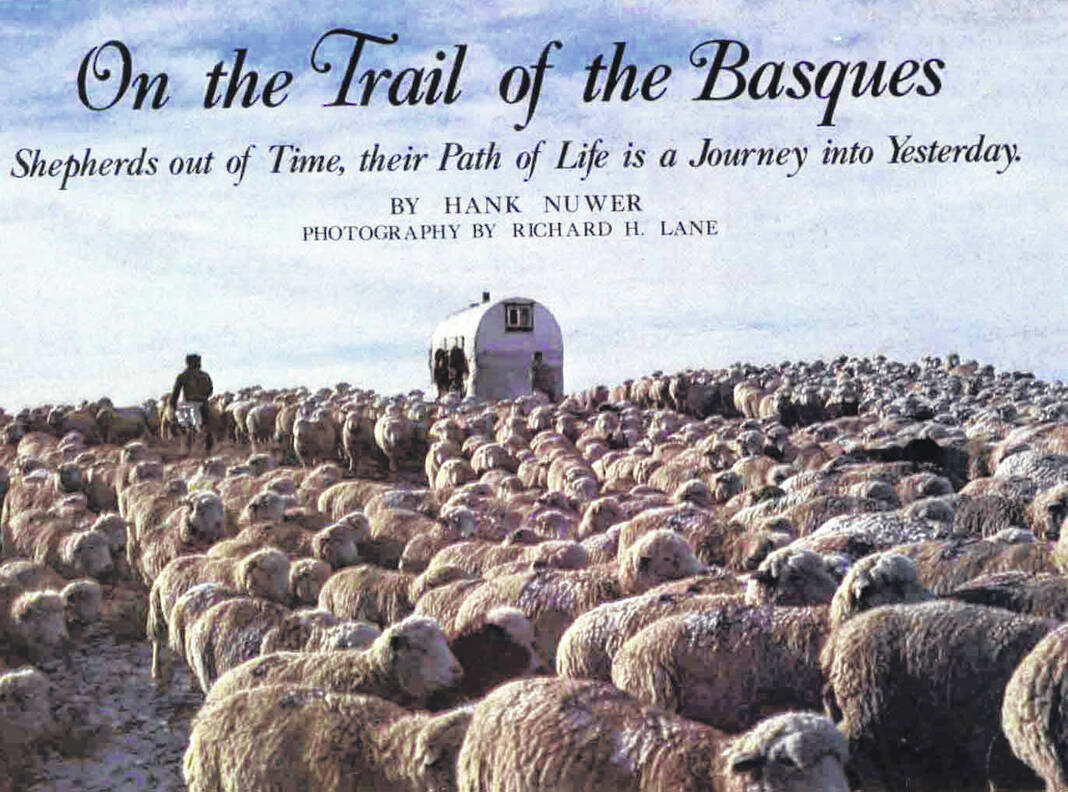

Working for Country Gentleman magazine was fun for our writer until it ended. Unfortunately, it ended very soon.
Provided photo
Near Darke
By Hank Nuwer
Some of my best feature stories never appeared in print.
That’s because the era from 1976 to 1992 — when I wrote every month — saw magazine and newspaper circulation numbers drop drastically. As a result, advertisers pulled out and many publications died.
Like most freelancers, I loved magazines. Still do. Our mailbox fills up monthly with titles such as Western Horseman — despite me selling my quarter horse named Surprise years ago.
After retiring from teaching in 2020, I returned to freelancing.
This month my magazine pieces repose in the Limberlost Review, Western American Literature, and Forum, the Phi Kappa Phi honor society magazine.
But never again will I see my byline 60 or more times in a single year for the likes of Outside, GQ, AARP, Harpers, and The Saturday Evening Post.
A dedicated writer then could survive on fees alone. Now it is important to write books for royalties.
What really hurt was when a publication folded with your story at the printer’s.
I lucked out when Saturday Review folded with my profile of filmmaker and playwright Stuart Gordon. The publisher paid me, and I sold the reworked story to Satellite Orbit magazine.
I wasn’t lucky when Mankind: The Magazine of Popular History died. My feature covered the stone tower built by California poet Robinson Jeffers.
I made no copy of the accepted typewritten article. The magazine closed without giving it back.
In the 1970s, Curtis Publishing relaunched Country Gentleman. It once had 2.8 million subscribers,
I wrote about whale watching, historic Louisiana plantation mansions, a Washington state residential lumber camp, and Montana’s Crow tribe.
For weeks I herded sheep while researching Basque herders in Nevada and Wyoming. The experience served me well in 2013 while writing my novel, Sons of the Dawn: A Basque Odyssey.
I profiled wealthy former singing cowboy Gene Autry. He owned a media empire and the major league baseball Angels franchise.
“Gene Autry used to ride off into the sunset,” I wrote. “Now he owns it.”
Mr. Autry invited me to sit with him in his owner’s box. After a steak dinner with baked potato, he and I dispatched an entire cheesecake.
Unfortunately, “The Gent” folded in 1981. The bad news came as I was transcribing tapes for feature on the National Hansen’s Disease Treatment Center, the clinic in Carville, La., devoted since 1894 to the care of leprosy patients.
To resell the feature, I contacted every editor I knew. All passed.
I lament to this day that story going unpublished.
The facility’s director, staff and patients inspired photographer Max Aguilera-Hellweg and me.
So much was going on during our visit.
After Reagan administration cuts shuttered three federal leprosy hospitals, many patients transferred to Carville. There had been talk for a year about Fidel Castro shipping lepers from Cuba to Carville.
Not enough was known about leprosy. Estimates of those afflicted with Hansen’s Disease ranged anywhere from 10 to 20 million. Those with it hid the disease from family and coworkers due to the unfortunate stigma.
Carville itself once was reviled by Louisianans as a “pest house.”
How shameful we humans can be.
Max and I had access inside and outside the hospital. We saw patients playing golf and softball, met the editor (a patient) of the hospital newsletter, and schmoozed with other patients. We shadowed the Daughters of Charity caregivers.
The institution served as an extended family for patients. Indeed, for some, it was their only family.
Some patients, after admittance, never had a visitor.
The highlight of my visit was an extended interview with Rear Admiral John R. Trautman, M.D., the chief of the Carville Public Health Services Hospital. He was in his dress whites.
Although it has been four decades, I remember Trautman’s compassion, his optimism that a cure for leprosy would be found, and his willingness to answer any question I posed.
Rear Admiral Trautman died at 93 on May 29, 2021. Carville closed in 2005.
Many of Trautman’s dreams for patients came true. The disease became treatable with antibiotics. Much of the public’s fear of “unclean” lepers — going back to the time of Leviticus 13:43 — has disappeared.
“Please don’t refer to us as victims,” one middle-aged female patient said to me. “Do I look like a victim?”
She did not. She bubbled.
As Max and I left Carville in my pickup truck, we agreed on one thing.
We had so many blessings, but despite them, we often made sniveling complaints.
Our sniveling had to stop.
Thus, Carville was as life-affirming as anything I ever experienced.
The National Hansen’s Disease Museum in Carville reopened on June 2, 2022. It is open on Thursdays and Fridays 10 a.m. to 4 p.m.
Please put it on your must-see list.
Hank Nuwer is an author, columnist and playwright. He and wife Gosia live on the Indiana side of the Union City state line. Viewpoints expressed in the article are the work of the author. The Daily Advocate does not endorse these viewpoints nor the independent activities of the author.

